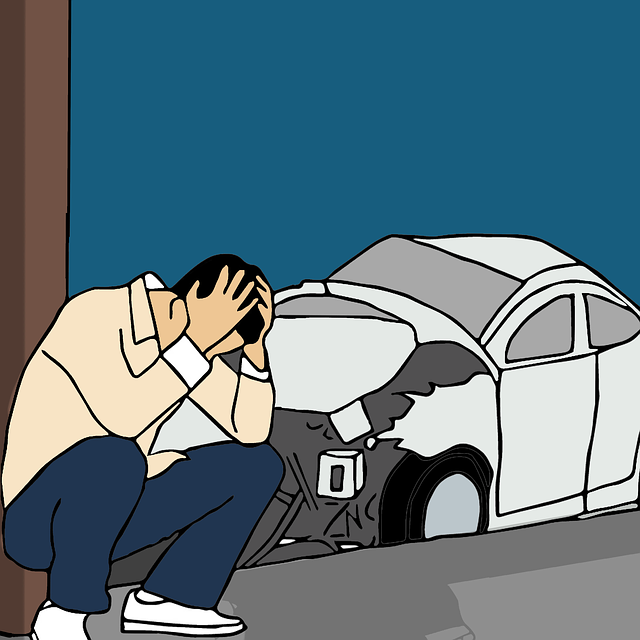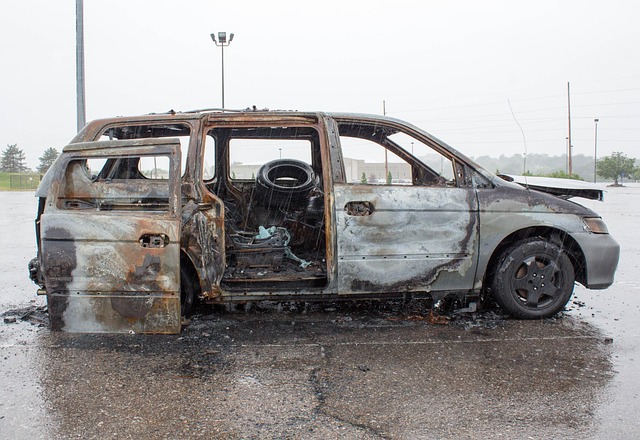Truck driver negligence, a growing concern on American roads, leads to thousands of accidents annually with severe injuries or fatalities. Federal regulations are insufficient, and legal battles often arise due to insurance coverage disputes and medical support needs for victims. Proposed stricter rules emphasize proactive safety measures like health assessments, advanced training, and tracking systems to monitor behavior, service hours, and vehicle maintenance. These measures aim to reduce accident frequency and severity, but challenges include funding, enforcement, industry resistance, and legal support. Overcoming these obstacles is crucial for successful implementation.
In recent years, the issue of truck driver negligence has gained significant attention due to its profound impact on road safety. Lawmakers are now proposing stricter rules to address this pressing concern. This article delves into understanding the current landscape of truck driver negligence, exploring proposed regulations that aim to enhance safety measures, and analyzing the potential outcomes and challenges associated with implementation. By focusing on these key aspects, we highlight efforts to mitigate risks and improve road conditions for all drivers.
- Understanding Truck Driver Negligence: The Current Landscape
- Proposed Regulations: Enhancing Safety Measures for Truck Drivers
- Impact and Implementation: Potential Outcomes and Challenges
Understanding Truck Driver Negligence: The Current Landscape

Truck driver negligence has become a significant concern on America’s roads. While federal regulations aim to maintain safety standards, the current landscape reveals a need for enhanced oversight. Drivers bear immense responsibility for the safe transport of goods and people, but human error remains a constant threat. From speeding and distracted driving to fatigued operations, these negligences contribute to thousands of accidents annually, often resulting in severe injuries or fatalities.
The consequences of truck driver negligence can be devastating, leading to complex legal battles, especially when insurance coverage disputes arise. Victims of such accidents may require extensive medical care, rehabilitation, and ongoing support, making it crucial to consult a personal injury lawyer for guidance. Moreover, defective products within the trucks or their components can also play a role in these incidents, adding another layer of complexity to liability determinations.
Proposed Regulations: Enhancing Safety Measures for Truck Drivers

The proposed stricter rules for truck driver negligence aim to significantly enhance safety measures within the industry. These regulations include mandating regular, comprehensive health and wellness assessments for drivers, ensuring they maintain optimal physical and mental conditions behind the wheel. Additionally, there’s a push for more rigorous training programs that go beyond basic licensing, focusing on advanced driving techniques, emergency response scenarios, and fatigue management to combat driver drowsiness.
Furthermore, the new measures advocate for improved tracking systems that monitor driver behavior, hours of service, and vehicle maintenance. These technologies will help in identifying potential hazards and mitigating risks associated with truck driver negligence. A personal injury attorney may find these proposed regulations beneficial in their efforts to secure justice for clients involved in commercial disputes stemming from such negligence.
Impact and Implementation: Potential Outcomes and Challenges

The proposed stricter rules for truck driver negligence aim to mitigate the significant impact often seen in truck accidents. These incidents can result in severe truck accident injuries and lasting consequences for all involved, including victims and families dealing with partnership disputes. The implementation of enhanced regulations could lead to improved safety standards, potentially reducing the frequency and severity of such accidents.
However, challenges exist in both the proposal and execution phases. Enforcing stricter rules may require substantial investments in technology and driver training, which could be a hurdle for some trucking companies. Additionally, ensuring compliance across a diverse range of drivers and operators will demand robust monitoring systems and mechanisms to hold everyone accountable, including addressing potential loopholes or resistance from industry stakeholders. Effective legal representation and support for victims during this process are also crucial to ensure the successful implementation of these much-needed changes.
The proposal for stricter rules targeting truck driver negligence is a significant step towards enhancing road safety. By implementing these regulations, lawmakers aim to reduce accidents caused by fatigued or distracted drivers and improve overall transportation security. The new measures will undoubtedly impact the industry, pushing trucking companies to adopt better practices and ensure their drivers meet higher standards. However, successful implementation requires careful navigation of existing challenges, ensuring fair yet effective enforcement to create a safer environment for all road users.





